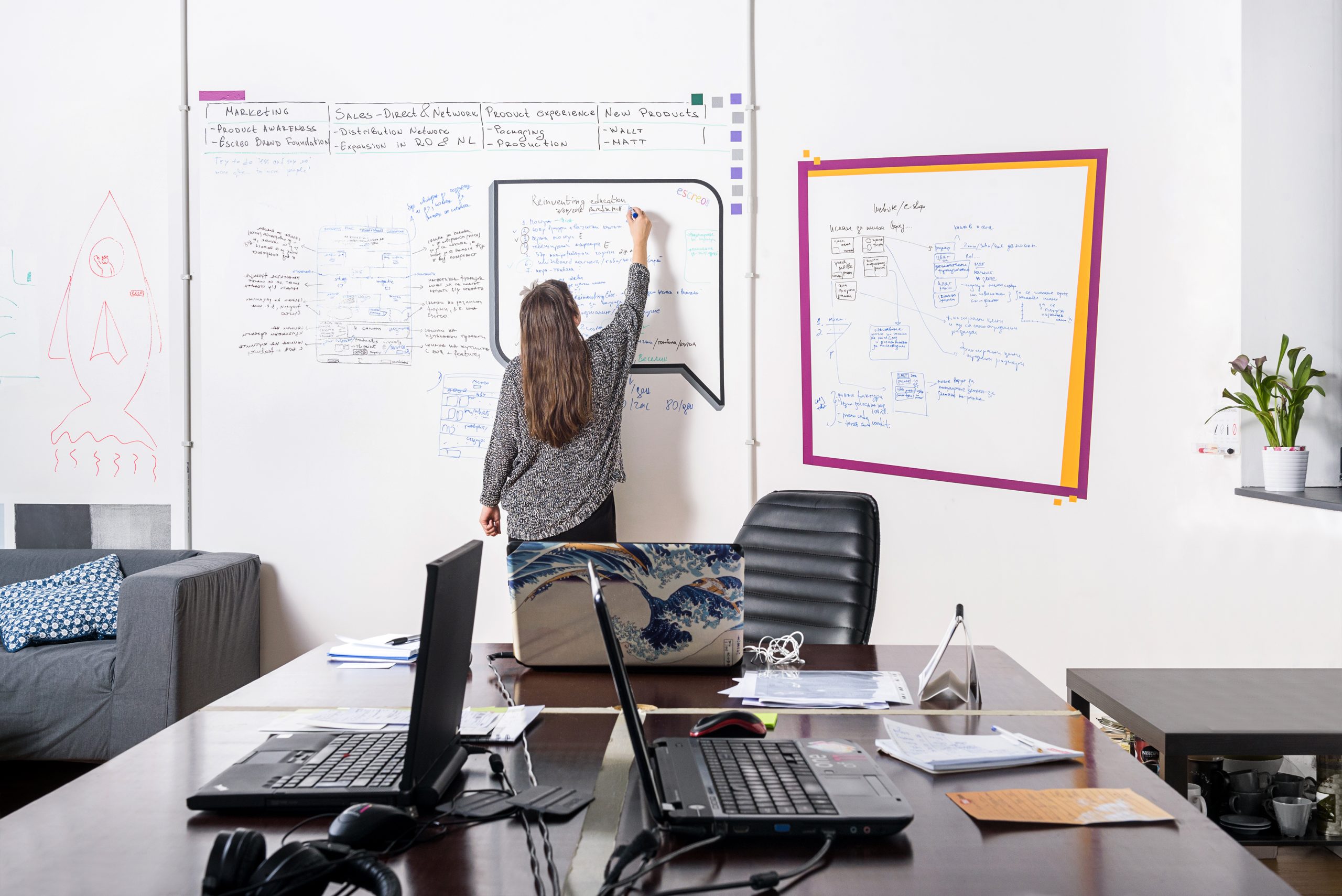Details
What's in an Edge / Why so Edgy ?
22 May 2016The most explicit selling tool any product has to offer is it’s design, without a doubt. But unless you’ve got a razor-sharp attention to detail, you probably won’t appreciate the sheer number of small elements that contribute to the overall design. As they say - The details aren’t the details ; The Details make the Design.
One of those tiny but important features would be the edges. Probably not the most exciting part of the design phase, but still something you need to know if you want to make an impression. Beyond aesthetic, it serves a functional purpose as well.
Without going into too much detail ( ironically ), here are the basics you need to know in regards to worksurface edge details.
Edge Profiles
Deviating from the standard 90° straight edge that most people think is the only one in existence can be a great way to add that extra aesthetic appeal to your product. The ones you most commonly find are below
Edge Banding
If you’ve ever seen furniture in the making, you’ll notice the board or surface tops having raw and exposed edges. Beyond the obvious aesthetic reason, it’s important to cover these exposed areas with good quality edge-banding material. The most common material used for these tops are engineered wood. But engineered or not, wood has a natural tendency to allow moisture or any liquid seep into the wood pores thus deforming the surface. Edge banding, or otherwise known as Lipping, is an important step towards improving the durability of the product.
Traditionally a manual process, it’s now an automated to be able to apply at high volume and high-speed. The machine that does this is an edge-bander. The machine bonds the edge banding to the substrate, trims the leading and trailing edges, trims top and bottom flush with the substrate, scraps any surplus, and buffs the finished edge.
Materials Used
There are several other options namely PVC, ABS, PPMA , PP, melamine, veneer, T-bar and dust seal. The popular pick for commercial furniture is PVC. It’s a lot tougher and durable. It’s also available in several finishes and colors allowing for that finer design flexibility.
ABS is another close option if sustainability is an important factor. It’s an environmentally responsible material that is safe to use and recycle. It shares several characteristics with PVC but is of a lighter composition and does not include chlorine. It is also not flame-retardant like PVC which is an important factor to consider for hospitality.
What now ?
The next time you’re designing a workspace and picking office furniture, take a few minutes extra and have a look at edge trim profiles and finishes offered by the manufacturer. You’d be surprised at the diversity.
The Total Office provides workspace solutions focusing on ergonomic and collaborative products that meet global environmental standards.
“Creating your work experience using ours”






